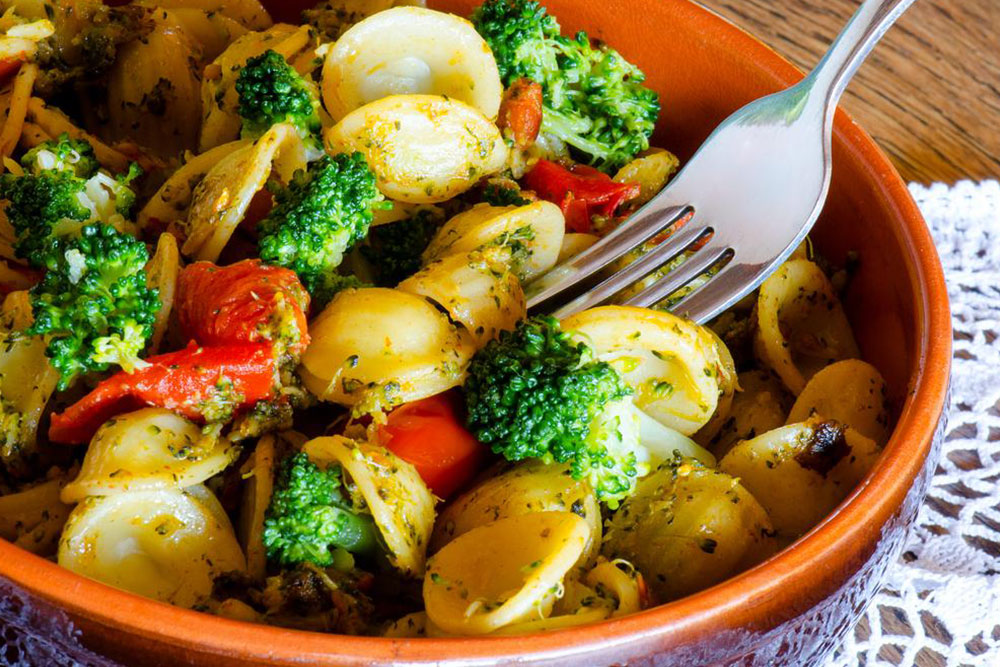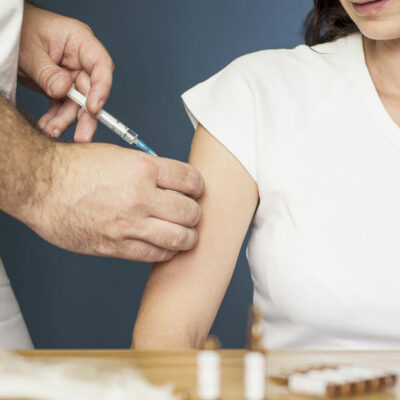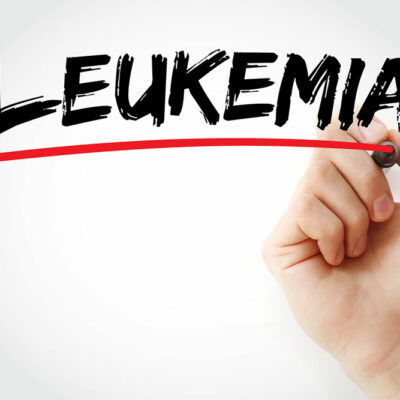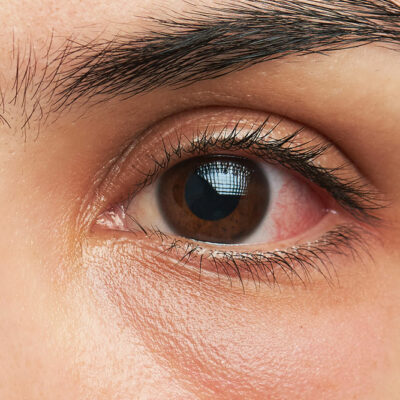
Foods that can fight iron deficiency effectively
Without absorbing the required amount of iron, our body faces iron deficiency. The symptoms of this deficiency appear only when it has progressed to iron deficiency anemia. This kind of anemia is a condition where the body’s iron levels or stores are so low that not nearly enough normal red blood cells can carry oxygen with efficiency. Iron deficiency is a common nutritional deficiency.
Intake of certain iron-rich food products can prevent or reduce iron deficiency in the body.
Some of those foods that are good sources of heme iron and give 3.5 milligrams or more with each serving are as follows:
- 3 ounces of chicken or beef liver
- 3 ounces of mussels
- 3 ounces of oysters
Some good sources of heme iron, which give 2.1 milligrams or more with every serving are as follows:
- 3 ounces of cooked beef
- 3 ounces of canned sardines, canned in oil
Some other sources of heme iron, which give 0.6 milligrams or more with every serving are as follows:
- 3 ounces of chicken
- 3 ounces of ham
- 3 ounces of cooked turkey
- 3 ounces of veal
Food sources which give 0.3 milligrams or more heme iron with each serving include 3 ounces of haddock, salmon, halibut, perch or tuna.
The iron obtained from plants like beans, lentils, and spinach is non-heme iron. This is the type of iron which is added to iron-fortified and iron-enriched foods. Our bodies are less adept at absorbing non-heme iron; however, most types of dietary iron are actually non-heme iron.
Sources which give 3.5 milligrams or more of non-heme iron with each serving are as follows:
- Breakfast cereals which are enriched with iron
- A half cup of tofu
- One cup of cooked beans
Sources which give 2.1 milligrams or more of non-heme iron with each serving are as follows:
- A half cup of red kidney, canned lima beans or chickpeas
- One potato, medium baked
- One cup of dried apricots
- One-fourth cup of wheat germ
- 1 ounce of sesame, pumpkin or squash seeds
Food sources which give 0.7 milligrams or more of non-heme iron are as follows:
- A half cup of cooked split peas
- 1 ounce of pecans, peanuts, roasted almonds, sunflower seeds walnuts, pistachios or roasted cashews
- A half cup of dried seedless raisins, prunes or peaches.
- One medium sized stalk of broccoli
- One cup of pasta
- One cup of raw spinach
- One slice of bread
- One cup of brown or enriched rice
There are some kinds of foods which can help our body absorb iron from iron-rich foods while others can hinder it. To absorb more iron, avoid consuming tea, coffee or calcium-rich foods. Instead, take foods which are good sources of vitamin C like orange juice, strawberries or broccoli.
If anyone is facing iron deficiency, it is advised that they contact their medical advisor so that a dietary chart can be prepared, which will help decrease the iron deficiency.


